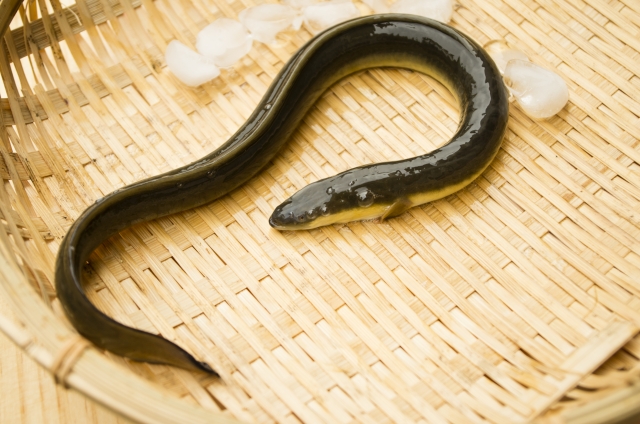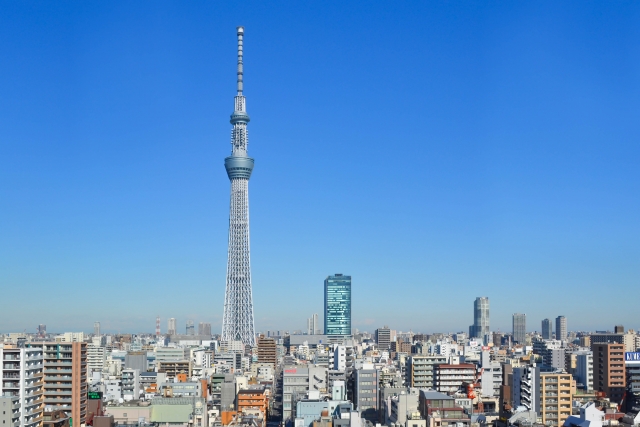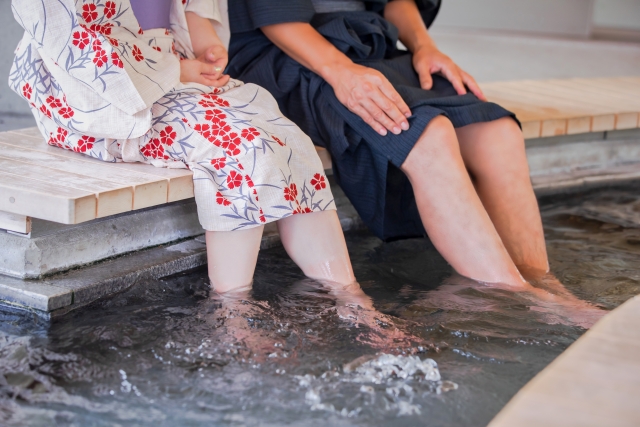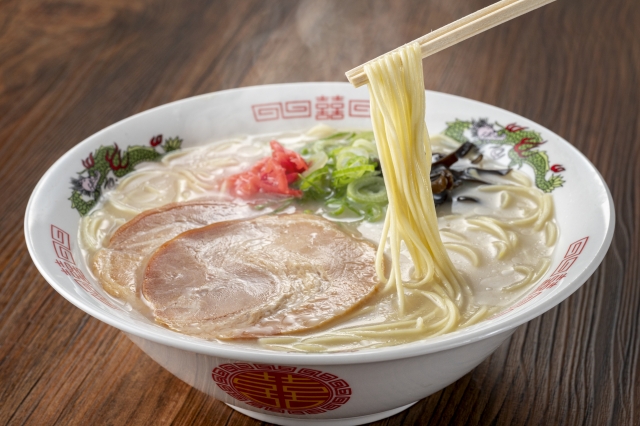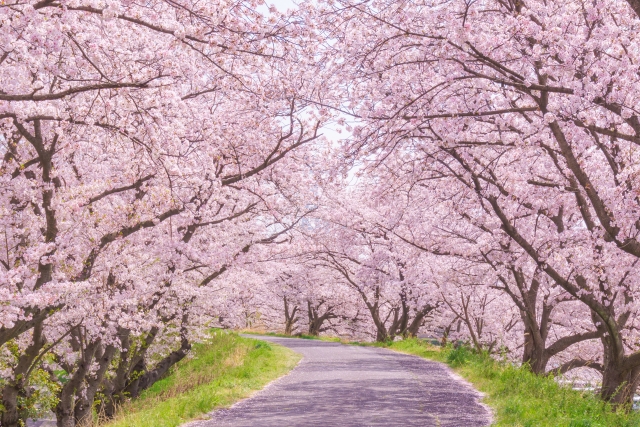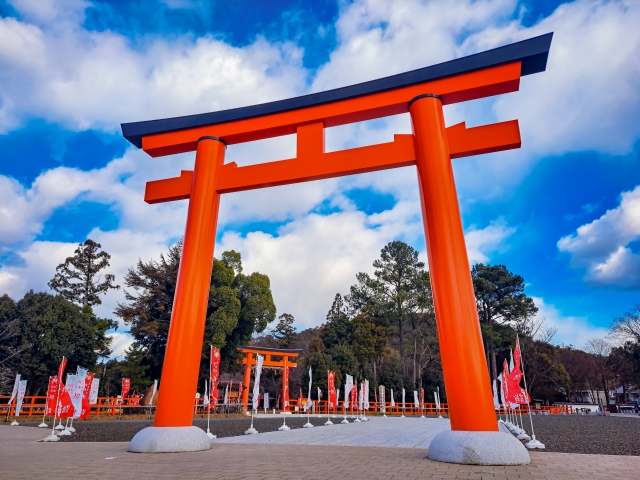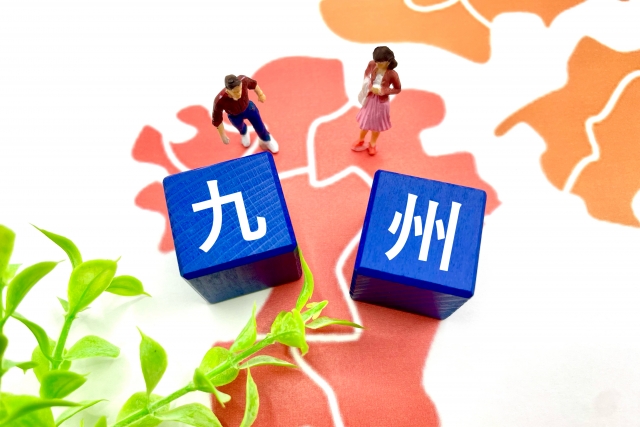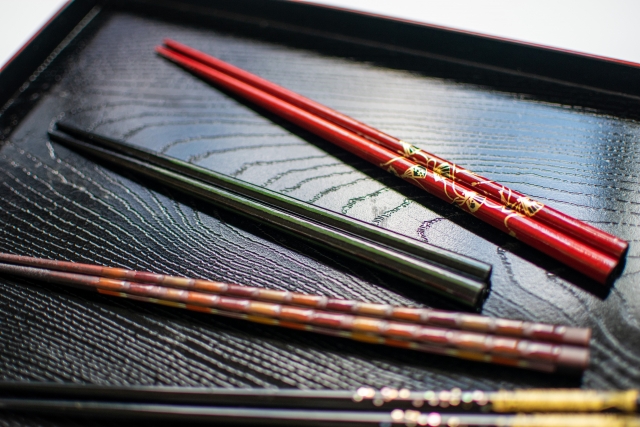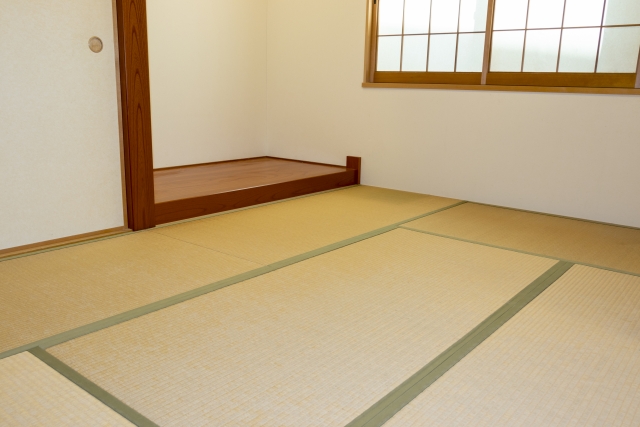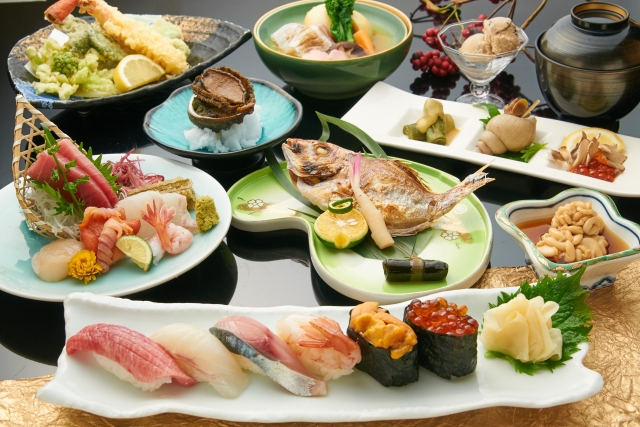Japanese people have been familiar with “unagi” for a long time. The plump, fragrant meat and the traditional sweet sauce that goes well with it make “unajyu”(eel rice bowl) or “kabayaki”(graze-grilled eel) a dish that everyone wants to eat. It is also highly nutritious and is often eaten as a dish to relieve summer fatigue, especially during the hot summer season. Recently, the number of restaurants where you can eat delicious domestic unagi has been decreasing, but there are still many traditional restaurants that many people visit, so be sure to check them out when you visit Japan.
Contents
- Difference between “Kabayaki” and “Unaju”
- The beginning of Kabayaki
- The beginning of Unajyu
- Winter is the season when eel is delicious.
- Eel(Unagi) is highly nutritious and good for health
- Famous eel(Unagi) restaurant in Japan
- Osaka – How delicious it is four times over! (Funaya, an unagi restaurant that specializes in hitsumabushi)]
- Tokyo – It takes six months to make a reservation! “Kabuto” is the best unagi restaurant in Japan, both in name and reality
- Aichi – If you want to eat local specialty “Hitsumabushi” in Aichi-Nagoya, “Shirakawa” is the place!
- Shizuoka – Excellent unagi while enjoying the view of an elegant Japanese garden! “Kanerin unagi-ten”
- Eel(Unagi) is truly a superfood


